Invisible to the naked eye yet indispensable to human civilization, pollinators are the unsung heroes of our global food system. These small creatures—primarily bees, butterflies, birds, and bats—perform the critical ecological function of transferring pollen between flowers, enabling plant reproduction and fruit production. While we often take our diverse food supply for granted, the startling reality is that approximately 80% of all flowering plants and nearly three-quarters of crops that feed humanity rely on animal pollinators. From your morning coffee and chocolate indulgence to the almonds in your trail mix and the apples in your fruit bowl, pollinators make possible not just the foods we enjoy but the very foundation of terrestrial ecosystems. This article explores the fascinating world of these tiny ecological powerhouses, their critical importance to our food security, and the mounting challenges they face in an increasingly human-dominated world.
The Fascinating Process of Pollination
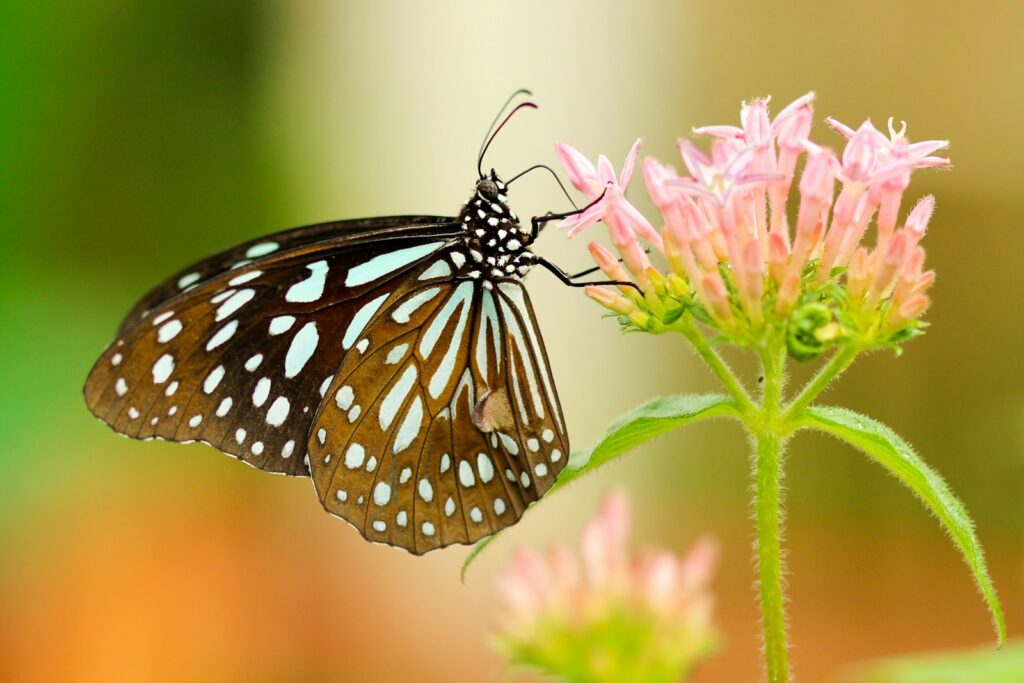
Pollination represents one of nature’s most elegant examples of mutualistic relationships, where both parties benefit from the interaction. When a pollinator visits a flower in search of nectar or pollen, tiny grains of pollen from the male part of the flower (the anther) attach to their bodies. As the creature moves to another flower of the same species, some of this pollen transfers to the female part (the stigma), fertilizing the plant and allowing it to produce seeds and fruit. This seemingly simple process is remarkably complex and precisely timed, with many plants evolving specific colors, shapes, and scents to attract particular pollinators. Some plants have even developed specialized structures that only certain pollinators can access, ensuring targeted pollen delivery to compatible flowers. Without this intricate dance between pollinators and flowering plants—a relationship that has evolved over millions of years—our world would look drastically different, with far fewer flowering plants and significantly reduced agricultural productivity.
Honeybees: Agriculture’s MVP
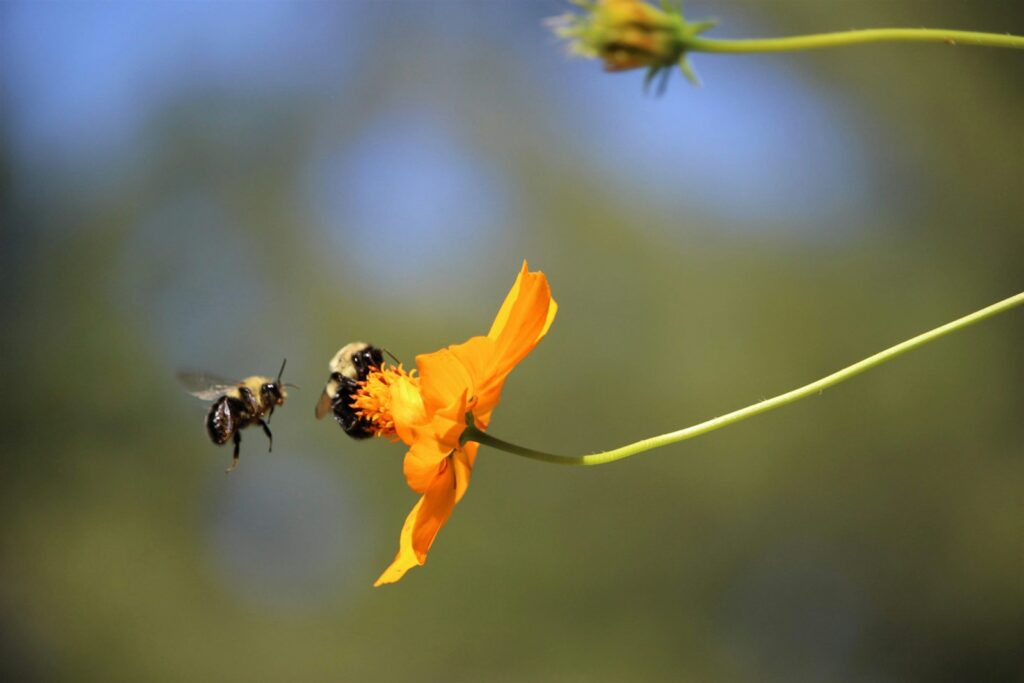
Among the diverse array of pollinating creatures, the humble honeybee stands out as perhaps the most economically valuable pollinator worldwide. These remarkable insects visit millions of blossoms as they collect nectar, inadvertently transferring pollen and enabling plant reproduction across vast agricultural landscapes. A single honeybee colony can pollinate hundreds of thousands of flowers each day, with foraging bees traveling up to five miles from their hive in search of floral resources. The economic value of honeybee pollination services is staggering—estimated at over $15 billion annually in the United States alone and hundreds of billions globally. Beyond their managed European counterparts, there are approximately 20,000 bee species worldwide, each playing a unique role in maintaining ecosystem health and agricultural productivity. The efficiency of honeybees as pollinators lies not just in their numbers but in their highly organized social structure, specialized anatomy for collecting pollen, and remarkable communication systems that allow them to quickly locate and share information about productive flowering patches.
The Cacao Connection: How Pollinators Give Us Chocolate

The chocolate that delights our taste buds begins its journey as the cacao tree, Theobroma cacao, a plant with a fascinating pollination story. Unlike many commercial crops that can be pollinated by honeybees, cacao flowers are uniquely structured and require specialized pollinators—primarily tiny midges in the family Ceratopogonidae. These minute flies, barely visible to the human eye, are the only creatures capable of navigating the complex structure of cacao blossoms to effectively transfer pollen between flowers. The relationship is so specific that cacao trees planted outside their native range often suffer from pollination deficits, requiring human intervention through hand pollination in some regions. Without these specific insect pollinators, the $100+ billion global chocolate industry would simply not exist. This dependency highlights the often overlooked but critical ecological relationships that sustain some of our most beloved luxury foods, reminding us that even our most indulgent treats rely on functioning ecosystems and biodiversity.
Coffee’s Winged Champions
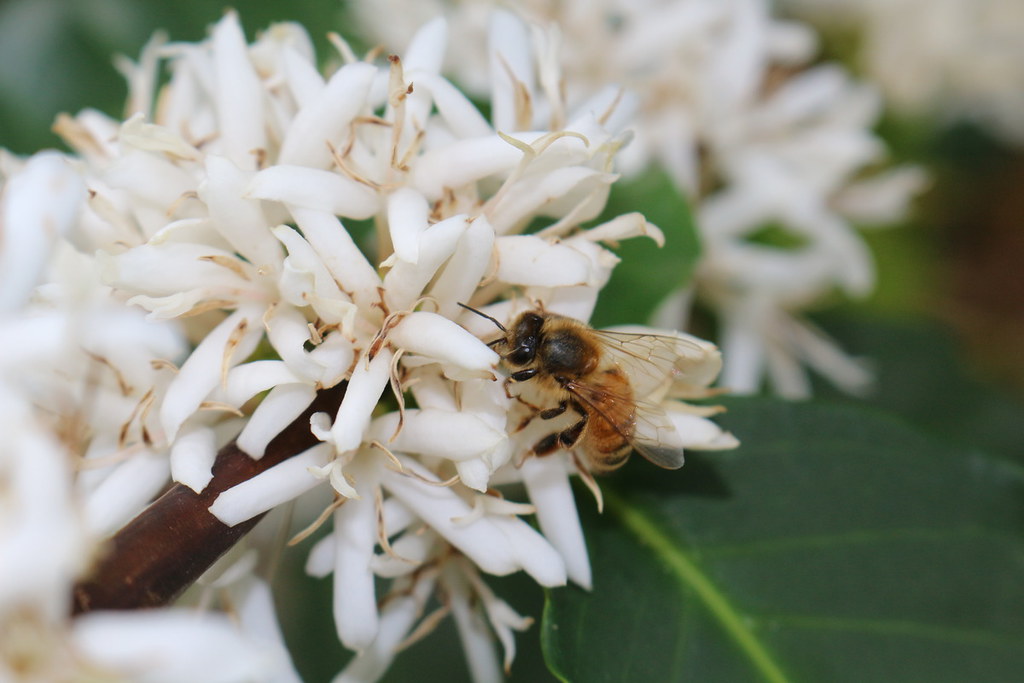
For the billions of people who rely on coffee to jumpstart their mornings, pollinators play an essential behind-the-scenes role in producing those aromatic beans. While some coffee varieties are self-pollinating, research has shown that bee-pollinated coffee plants produce significantly larger yields with better quality beans. Studies in coffee-growing regions have demonstrated that farms with greater pollinator diversity and abundance can experience up to 20-50% increases in coffee yield compared to those with fewer pollinators. The arabica coffee plant, which produces the highest-quality coffee beans, benefits particularly from cross-pollination facilitated by various bee species native to the plant’s original Ethiopian habitat. Beyond bees, birds and other insects contribute to coffee pollination in various growing regions worldwide, creating a complex web of ecological relationships that sustain this globally important crop. The economic implications are substantial—pollinator services to coffee production are valued at approximately $1.4 billion annually, supporting the livelihoods of over 25 million coffee farmers worldwide.
The Silent Service of Night Shift Pollinators
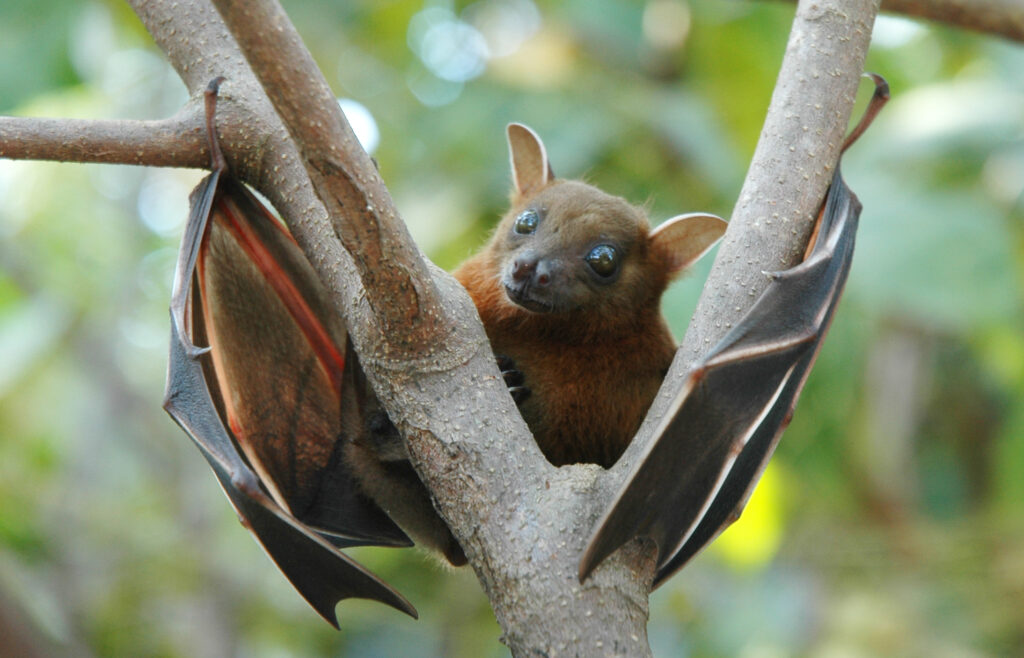
While bees and butterflies get much of the attention in pollinator discussions, a significant portion of pollination occurs after the sun sets, performed by creatures of the night. Bats serve as primary pollinators for over 500 plant species, including economically important crops like agave (used in tequila production), durian, and various tropical fruits. These nocturnal mammals have co-evolved with night-blooming plants that often feature pale colors visible in low light, strong fragrances to attract pollinators by smell, and abundant nectar rewards to fuel the high-energy demands of flying mammals. Moths represent another critical group of nighttime pollinators, with their long proboscises perfectly adapted to reach nectar in deep tubular flowers that daytime pollinators cannot access. Some plants, like the iconic baobab trees of Africa, rely almost exclusively on these nocturnal visitors, opening their flowers only after dusk and closing them before dawn. This temporal division of the pollination niche highlights nature’s efficiency in maximizing reproductive opportunities throughout the 24-hour cycle, with different pollinators serving complementary roles across day and night.
Beyond Insects: Birds and Mammals as Pollinators
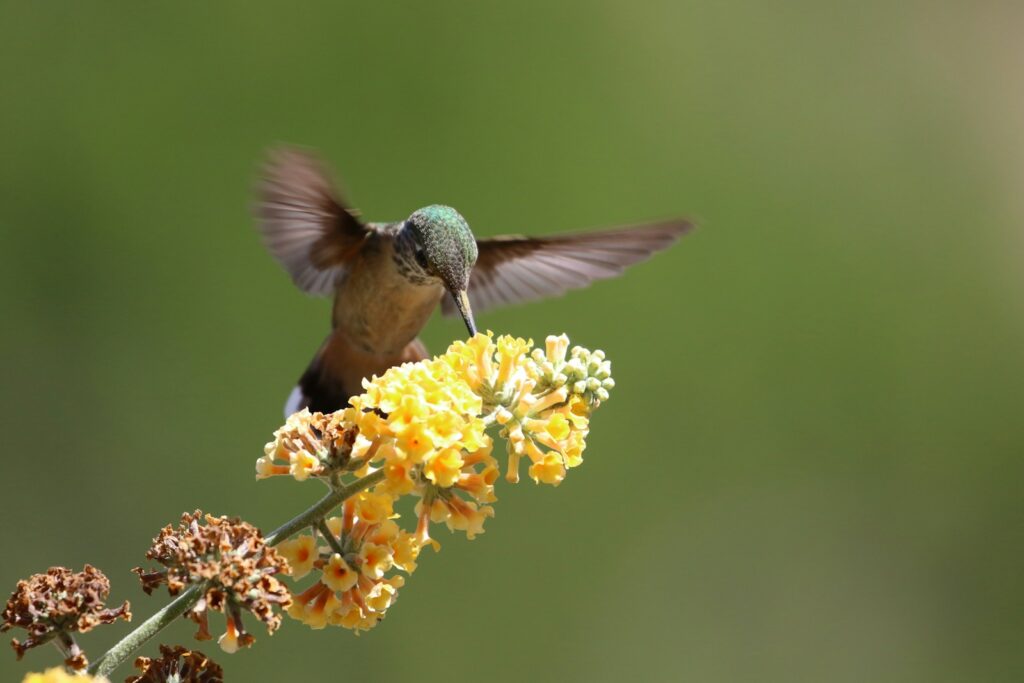
While insects represent the vast majority of pollinating animals, birds and mammals make significant contributions to plant reproduction in many ecosystems. Hummingbirds, with their specialized long beaks and hovering abilities, pollinate over 8,000 plant species in the Americas, particularly those with red tubular flowers that produce copious nectar. These avian pollinators can visit up to 2,000 flowers daily, transferring pollen across long distances and facilitating genetic diversity in plant populations. In Australia and Africa, sunbirds and honeyeaters fulfill similar ecological roles, while in tropical regions, larger birds like parrots pollinate some tree species. Among mammals, various species beyond bats contribute to pollination, including certain primates, rodents, and marsupials that visit flowers for nectar and inadvertently transfer pollen in the process. These non-insect pollinators often service plants with stronger stems and larger flowers adapted to withstand the weight and feeding behaviors of their visitors. The diversity of pollinator types across taxonomic groups demonstrates the multiple evolutionary pathways that have developed to solve the challenge of plant reproduction.
Supermarket Dependency: Tracing Pollination in Your Shopping Cart
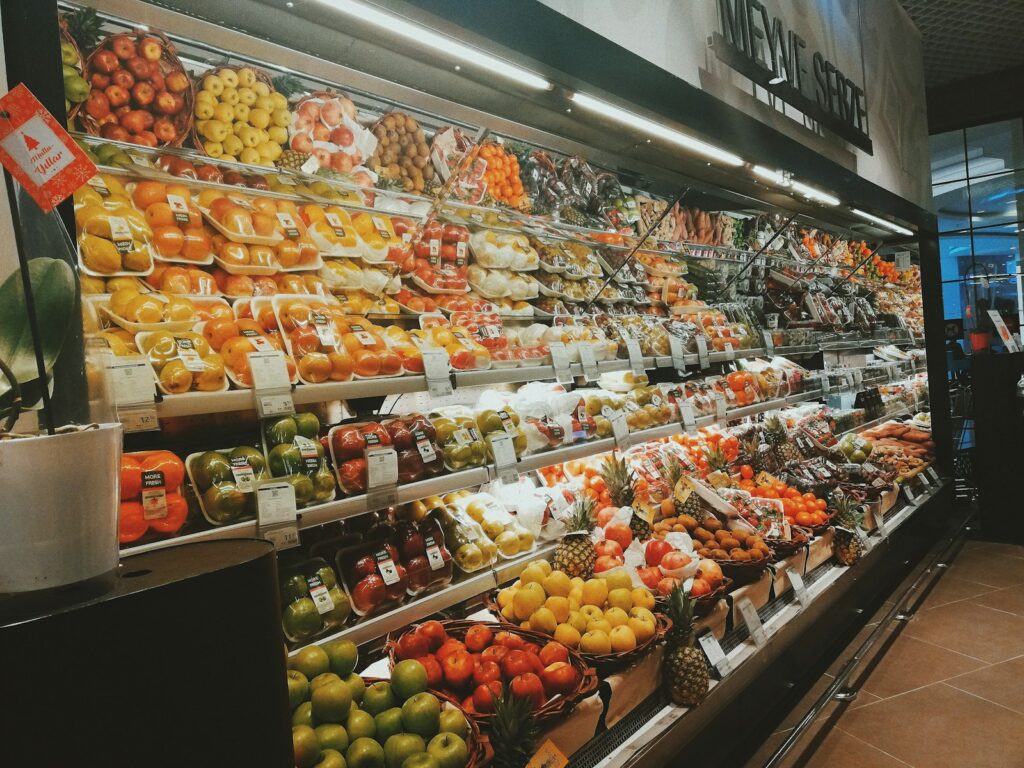
A typical trip to the grocery store reveals our profound dependency on animal pollinators, with approximately three-quarters of the produce section requiring or benefiting from animal pollination. Fruits like apples, cherries, blueberries, and strawberries develop only after successful pollinator visits, while many vegetables like squash, cucumbers, and pumpkins require pollinators to produce the edible portions we consume. Even crops that don’t directly require pollination for the parts we eat often come from plants that need pollinators to produce seeds for subsequent plantings. Beyond fresh produce, processed foods contain ingredients like almonds, vanilla, and various vegetable oils derived from pollinator-dependent crops, extending pollinator influence throughout the food system. Dairy and meat products represent indirect beneficiaries of pollination services, as many forage crops for livestock—including alfalfa and clover—rely on bees and other pollinators for seed production. This extensive interconnection between pollinators and our food supply demonstrates how ecosystem services permeate every aspect of human nutrition, with pollinators supporting not just food quantity but also the diversity and nutritional quality of the human diet.
The Crisis Facing Pollinators
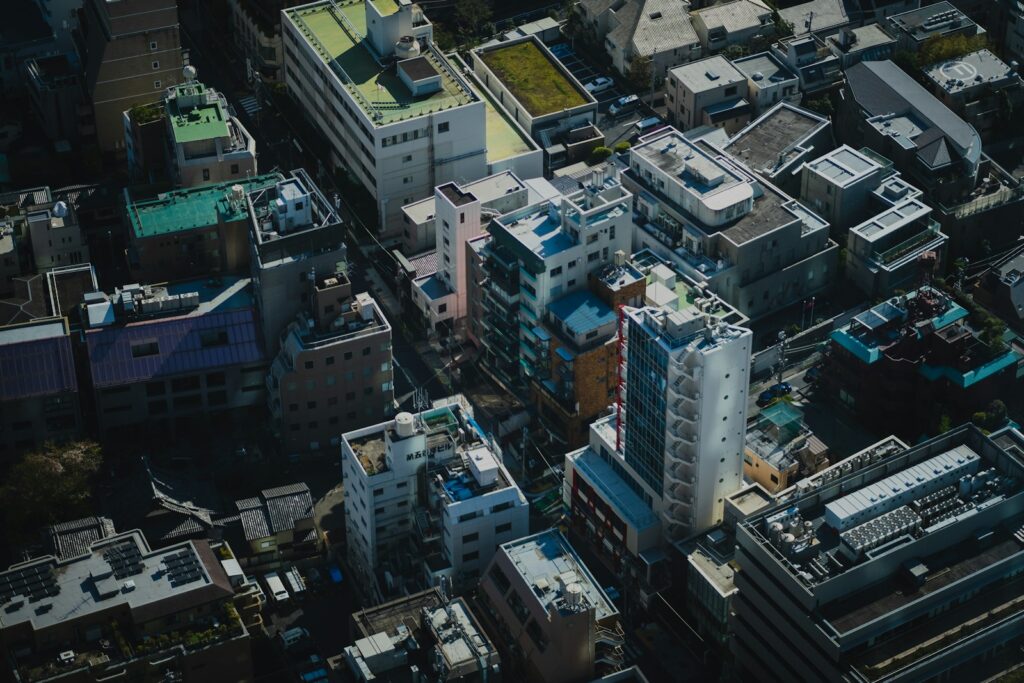
Despite their critical importance to ecosystems and agriculture, pollinators face unprecedented threats globally, with population declines documented across multiple species. Habitat loss represents perhaps the most significant challenge as natural landscapes are converted to agricultural fields, urban development, and other human uses, eliminating the diverse flowering plants pollinators need for survival. Pesticide exposure, particularly to neonicotinoid insecticides that can persist in plant tissues and affect pollinator nervous systems even at sublethal doses, contributes to reduced foraging ability, impaired navigation, and decreased reproductive success. Climate change introduces additional stressors by disrupting the synchronized timing between plant flowering and pollinator emergence, while also shifting the geographical ranges where certain species can survive. Diseases and parasites, some spread through global movement of managed pollinators, further threaten already-stressed populations, with the Varroa destructor mite and associated viruses devastating honeybee colonies worldwide. The convergence of these multiple threats creates a “perfect storm” for pollinators, with cascading implications for the ecosystems and agricultural systems that depend on their services.
Economic Value: The True Cost of Pollination Services
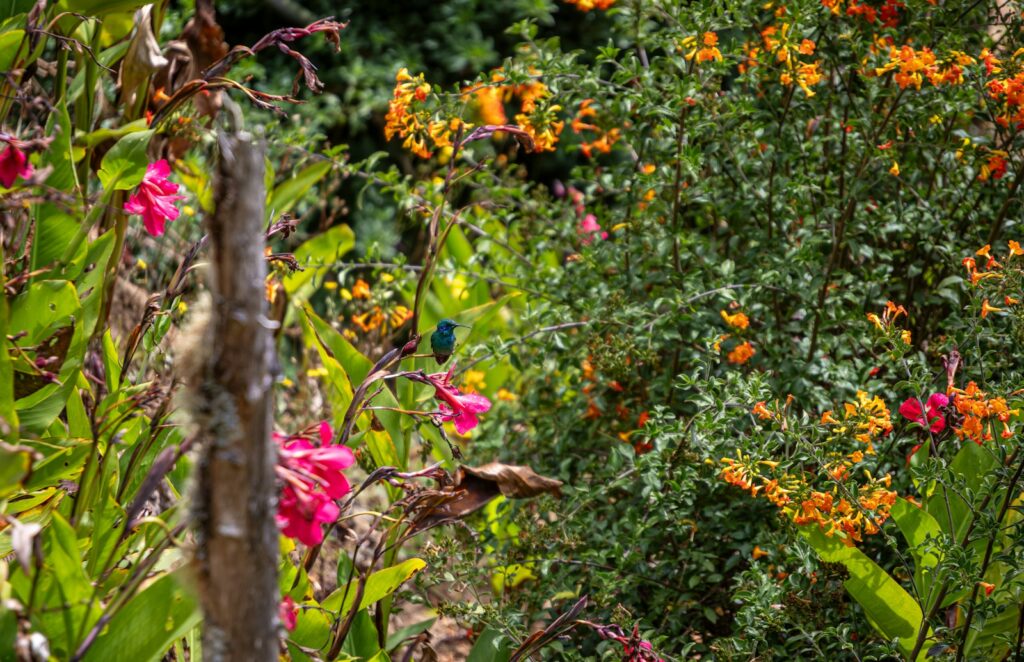
The economic contribution of animal pollinators to global agriculture is staggering, estimated at between $235-577 billion annually according to comprehensive assessments by international research teams. This valuation reflects not just the market value of directly pollinator-dependent crops but also the increased quality, yield, and nutritional value that pollination services provide to many additional crops. Beyond agriculture, pollinators support ecosystem services worth billions more, including maintaining plant communities that prevent soil erosion, filter water, sequester carbon, and provide habitat for other beneficial organisms. The replacement cost approach—calculating what it would cost to replace natural pollination with human labor—further illustrates the economic value, with hand pollination of crops in regions experiencing pollinator declines requiring enormous labor investments at significant expense. In areas of China where pollinator populations have collapsed, workers must tediously pollinate apple and pear trees by hand using brushes made from chicken feathers and cigarette filters, dramatically increasing production costs. These economic assessments, while impressive, likely underestimate the true value of pollinators, as many ecosystem services they provide remain difficult to quantify in monetary terms.
Nutritional Security: How Pollinators Shape Human Health
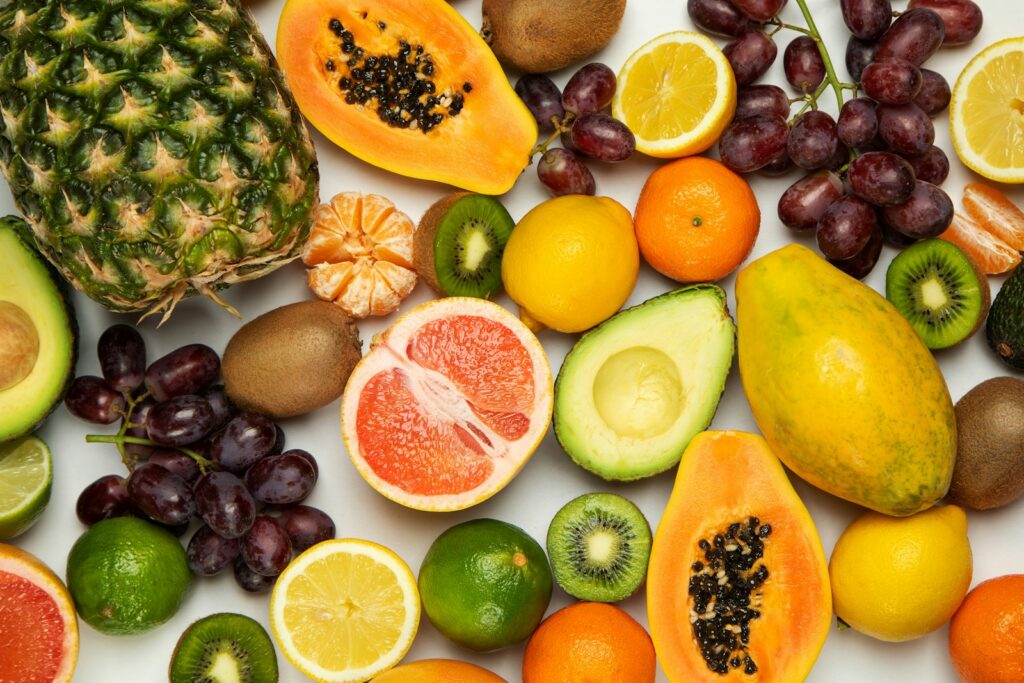
Beyond merely providing calories, pollinators make essential contributions to nutritional security and human health worldwide. Pollinator-dependent crops provide more than 90% of vitamin C, 100% of lycopene, 55% of folate, and significant proportions of other micronutrients in the global food supply. Fruits, nuts, seeds, and vegetables—many dependent on animal pollination—contain the highest concentrations of vitamins, minerals, and health-promoting phytochemicals in our diets. Research indicates that if pollinator populations collapsed globally, human nutrition would suffer dramatically, with an estimated 71 million people in low-income countries facing vitamin A deficiencies and 173 million facing folate deficiencies, leading to significant increases in disease burden and mortality rates. Children and pregnant women in developing regions would be particularly vulnerable to these nutritional impacts, as they already face higher risks of micronutrient deficiencies. This nutritional dimension of pollinator services highlights how ecological relationships influence not just food quantity but the specific components of human diets that prevent disease and promote optimal development, making pollinator conservation a public health priority.
Wild Pollinators: The Unmanaged Workforce

While managed honeybees receive much attention for their agricultural contributions, research increasingly demonstrates that wild, native pollinators often provide the majority of pollination services in many farming systems. These diverse wild bees, flies, butterflies, and other pollinators collectively visit flowers at different times of day, under varying weather conditions, and with different behavioral patterns that complement each other to maximize pollination efficiency. Studies comparing fields with and without diverse wild pollinator communities have found yield increases of 20-50% for many crops when wild pollinators are present, even when managed honeybees are already being used. Particular wild species often show specialization for certain crops—squash bees for cucurbits, mason bees for tree fruits, and bumblebees for greenhouse tomatoes—with physical adaptations and behaviors that make them exceptionally efficient pollinators of specific plant types. The economic value of wild pollinator services is estimated at billions of dollars annually, yet these contributions come at no direct cost to farmers, representing an enormous “free” ecosystem service that agricultural systems have traditionally taken for granted. Conservation of these wild pollinators requires maintaining natural habitat within agricultural landscapes, reducing pesticide impacts, and recognizing their irreplaceable role in sustainable food production.
Solution Spotlight: Protecting Our Pollinators
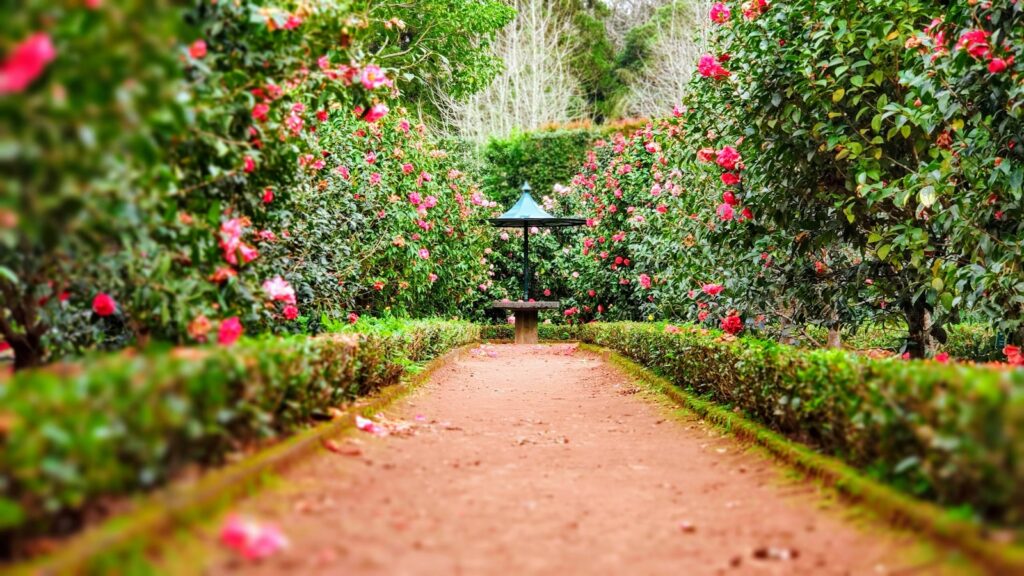
Addressing the pollinator crisis requires coordinated efforts across multiple sectors, from individual actions to policy changes at national and international levels. Habitat conservation and restoration represent fundamental solutions, with initiatives to establish flowering corridors along roadsides, power line rights-of-way, and between crop fields providing crucial resources for pollinators while facilitating their movement through fragmented landscapes. Agricultural practices are evolving to become more pollinator-friendly, with integrated pest management reducing pesticide impacts, cover cropping providing additional floral resources, and diversified farming systems supporting greater pollinator abundance and diversity. Urban and suburban environments offer surprising potential for pollinator conservation, with gardeners planting native flowering species, municipalities creating pollinator parks, and reduced pesticide use in residential areas creating safe havens for many species. Policy interventions, including restrictions on the most harmful pesticides, incentives for farmers to create pollinator habitat, and research funding for pollinator health, provide essential frameworks for broader change. Each person can contribute to pollinator protection through thoughtful consumer choices—supporting organic agriculture, planting pollinator gardens, and raising awareness about these essential ecological relationships that sustain our food systems.
The Future of Food: Pollination in a Changing World
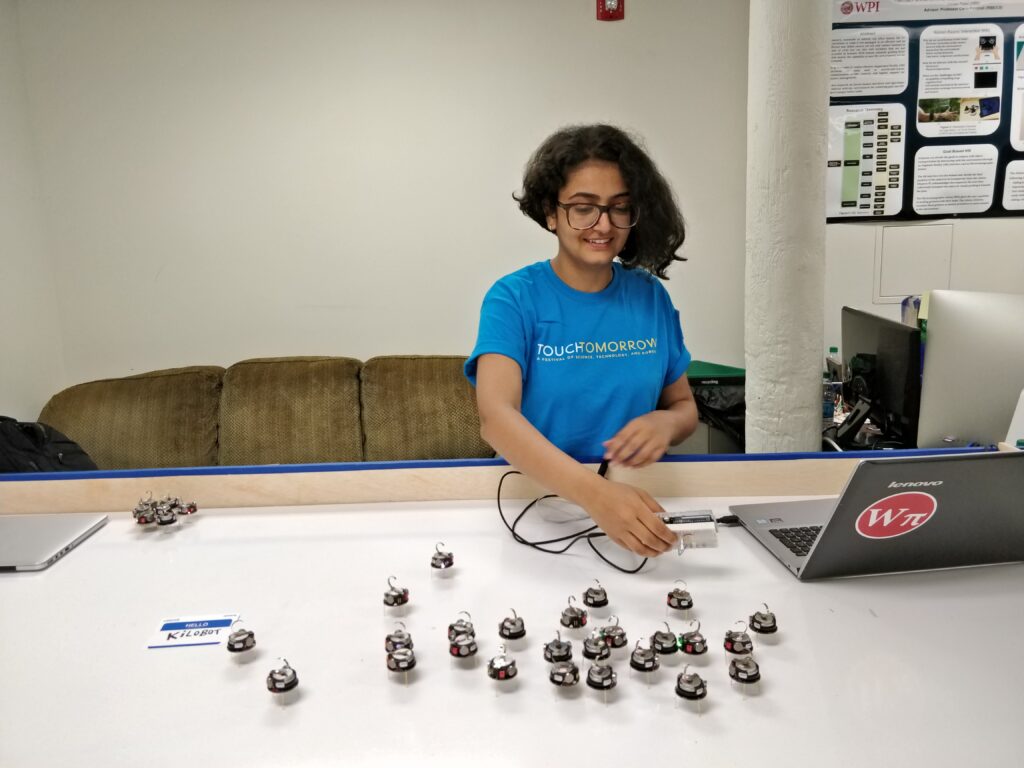
Looking ahead, the relationship between pollinators and food security faces both challenges and opportunities as environmental conditions and agricultural systems continue to evolve. Climate change will likely shift the timing, distribution, and interaction patterns between crops and their pollinators, requiring adaptive management strategies and potentially new crop varieties with more flexible pollination requirements. Technological innovations, including mechanical pollination devices and pollen sprays, are being developed as potential supplemental approaches, though these remain expensive and less effective than natural pollination for most crops. Agricultural systems are increasingly being redesigned with pollinator needs in mind, incorporating flowering hedgerows, diverse crop rotations, and reduced chemical inputs to support pollinator communities while maintaining productivity. Consumer awareness about pollinator contributions to food production continues to grow, driving market demand for pollinator-friendly practices and creating economic incentives for conservation. The future of our food system will depend significantly on how successfully we navigate these challenges and opportunities, maintaining and enhancing the ancient partnership between flowering plants and their animal pollinators that has sustained terrestrial ecosystems for over 100 million years.
Conclusion
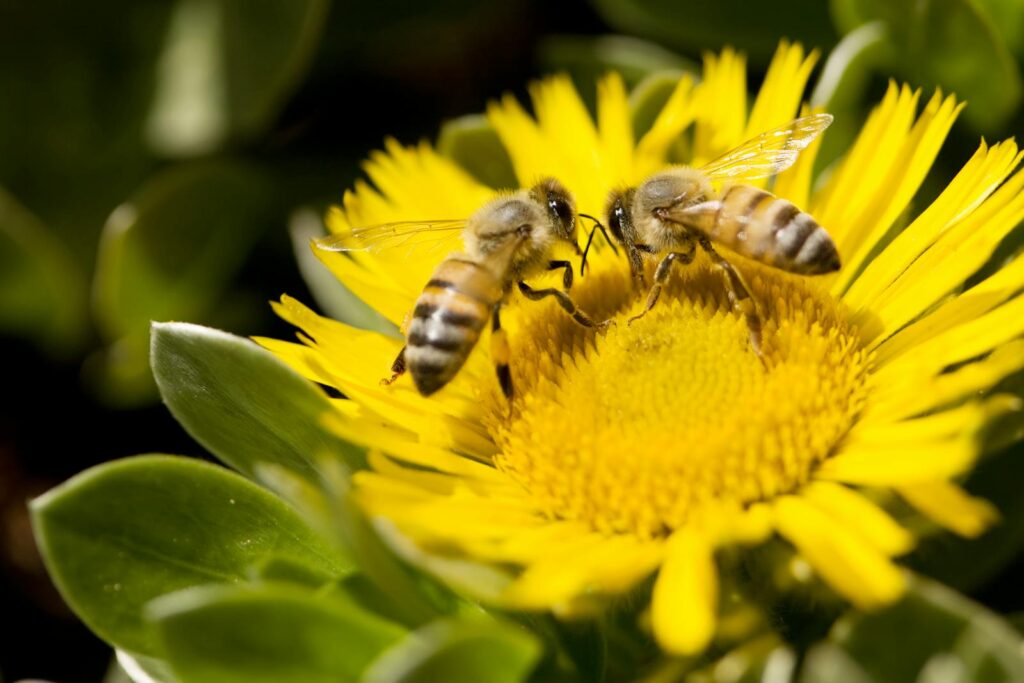
The small creatures that facilitate pollination represent a critical link in the chain that connects natural ecosystems to human food security. From the chocolate and coffee that brighten our mornings to the fruits and vegetables that provide essential nutrition, pollinators make possible much of what we eat and enjoy. Their economic value, measured in hundreds of billions of dollars annually, only begins to capture their true importance to human wellbeing and ecological functioning. As we face a future of environmental change and growing food demands, protecting these tiny heroes becomes not just an environmental concern but a fundamental requirement for maintaining the diversity, abundance, and nutritional quality of our food supply. By understanding and supporting the needs of pollinators—through habitat conservation, reduced chemical impacts, and thoughtful land management—we invest in the continuation of one of nature’s most valuable services and the foundation of human nourishment.

